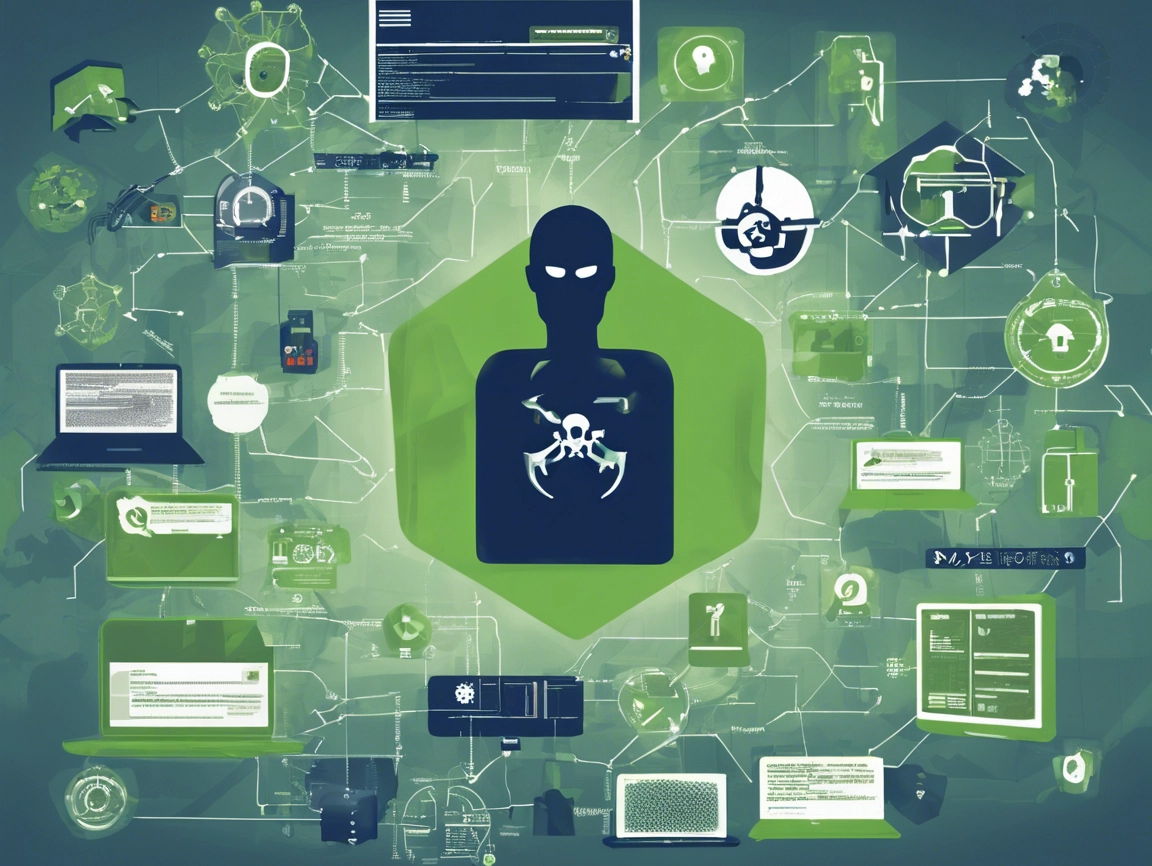Introduction
In recent years, the concept of a secure software supply chain has become increasingly critical, with many organizations investing substantial resources to ensure their code and dependencies are safe. Yet, an often underestimated risk lurks beneath the surface: malware infiltration within the software supply chain. This threat is not merely theoretical; major incidents, such as the SolarWinds attack, have revealed the sheer impact that software supply chain compromises can have on global businesses and government agencies alike. This post will unravel the complexity of malware threats in the software supply chain, explaining how they work, why they matter, and how organizations can better protect themselves.
What Is the Software Supply Chain?
To truly appreciate the malware risk, it’s essential to understand what the software supply chain entails. Imagine building a house: each component—from the bricks to the plumbing fixtures—comes from different suppliers. The software supply chain works similarly, consisting of everything that contributes to a piece of software, including:
- Open-source libraries and frameworks
- Third-party APIs and services
- Software development kits (SDKs)
- Build tools and CI/CD (Continuous Integration/Continuous Deployment) pipelines
Modern software is rarely written from scratch. Developers frequently use external components to speed up development. However, these conveniences introduce vulnerabilities when one of the links in the chain is compromised.
How Malware Infiltrates the Software Supply Chain
The methods attackers use to introduce malware into the software supply chain are diverse and increasingly sophisticated. Let’s break down some common tactics:
1. Compromised Dependencies
Attackers target open-source projects or libraries that many developers rely on. By injecting malicious code into a widely used dependency, they can spread malware to any application that incorporates that code. Consider this: if a vulnerability is planted in a library downloaded millions of times per week, the scale of impact becomes immediately concerning.
Example Case: The infamous “Event-Stream” npm package incident in 2018. A hacker gained control of a widely used JavaScript package and inserted a backdoor aimed at stealing cryptocurrency. It was months before anyone noticed, and thousands of projects were potentially compromised.
2. Malicious Code Injection in CI/CD Pipelines
CI/CD tools automate much of the software development process. Unfortunately, these systems are vulnerable to attacks if not properly secured. Attackers can tamper with the build processes, injecting malware into software updates or new releases.
Hypothetical Scenario: Imagine an attacker gaining access to the CI/CD infrastructure of a popular software vendor. They could inject malicious code that steals user data, and this compromised code would then be automatically deployed to all customers.
3. Code Repository Compromises
Even platforms like GitHub or GitLab, where code is stored and managed, can be targets. If an attacker successfully compromises a repository, they can subtly alter the codebase to include malicious elements.
Real-World Example: Attackers have been known to trick developers into using fake repositories by creating similarly named projects, a tactic known as “typosquatting.” A developer might accidentally install a malicious package thinking it’s the legitimate one.
The Impact of Malware in the Supply Chain
Malware embedded in the software supply chain can have devastating consequences. Let’s look at a few potential outcomes:
1. Data Breaches and Financial Losses
If malware exfiltrates sensitive customer information, the result can be a catastrophic data breach. Companies may face regulatory fines, reputational damage, and costly lawsuits.
Impactful Incident: The SolarWinds attack, which compromised thousands of organizations, including U.S. federal agencies, demonstrated how a single supply chain attack could have widespread and catastrophic effects. Attackers managed to embed malware in a trusted software update, affecting numerous high-profile targets.
2. Operational Disruption
Some malware aims to disrupt services, causing significant operational downtime. For instance, ransomware could encrypt vital data, halting business operations until a ransom is paid.
3. Loss of Trust and Reputational Damage
Perhaps the most intangible yet critical impact is the loss of trust. If customers cannot trust a company’s software updates or products, the brand may never recover. Trust is the foundation of software adoption, especially in industries dealing with sensitive data like healthcare or finance.
Why This Problem Is So Hard to Solve
Protecting the software supply chain is uniquely difficult for several reasons:
1. High Dependency on Open Source
Most organizations use hundreds or thousands of open-source components, many maintained by small teams or even individuals. This reliance makes it difficult to monitor or audit every piece of code.
2. Complexity and Scale
The average software project today is highly complex, with dependencies on dependencies—known as transitive dependencies. Even if a primary library is safe, a nested dependency may not be.
3. Lack of Standardized Security Practices
The software development community does not universally follow rigorous security practices. Some projects have robust defenses; others barely have any. This inconsistency increases the overall attack surface.
Key Strategies to Mitigate Supply Chain Malware Risks
So, how can organizations combat these ever-evolving threats? Here are some practical strategies:
1. Software Composition Analysis (SCA)
SCA tools help identify and manage open-source components, tracking known vulnerabilities in libraries. These tools can also flag outdated dependencies, helping teams to patch issues proactively.
2. Implementing Supply Chain Levels for Software Artifacts (SLSA)
SLSA is a security framework that ensures the integrity of the software build process. It provides guidelines to minimize the risk of tampering, such as requiring a hardened build environment and code provenance.
3. Code Signing and Provenance Tracking
Code signing ensures that code comes from a trusted source and has not been tampered with. Additionally, maintaining a Software Bill of Materials (SBOM)—a detailed list of all components used in a software project—helps organizations track the origins of each element and respond swiftly to vulnerabilities.
4. Continuous Monitoring and Threat Intelligence
Attackers evolve; so must defenses. Continuous monitoring of code repositories and CI/CD pipelines, combined with real-time threat intelligence, can alert teams to emerging threats.
Best Practices for Securing Your Software Supply Chain
Here are some fundamental practices to adopt for better protection:
- Use Dependency Management Tools Wisely: Automate dependency checks to ensure you’re not using vulnerable or outdated libraries.
- Harden Your CI/CD Pipelines: Implement strict access controls, use multi-factor authentication (MFA), and ensure all components are validated before deployment.
- Engage in Community Security Initiatives: Many open-source communities work together to improve security. Participating in or supporting these initiatives can help create a safer ecosystem.
- Educate Development Teams: Developers should be aware of the risks and know how to use security tools effectively. Training sessions and security awareness programs can be incredibly beneficial.
The Road Ahead: Collaborative Security
The fight against malware in the software supply chain is far from over. Addressing this challenge requires collaboration between software vendors, open-source maintainers, security researchers, and end-users. Governments are also starting to introduce regulations and guidelines to improve software security, a promising step toward a more secure digital future.
Schedule a demo today to learn how Plexicus can fortify your digital infrastructure.





